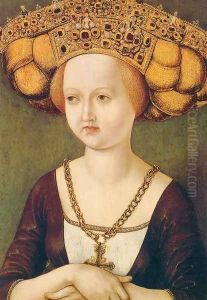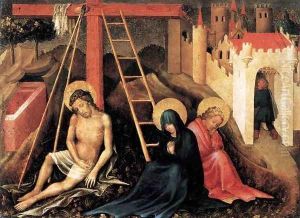Austrian Unknown Master Paintings
The term 'Austrian Unknown Master' does not refer to a specific artist, but rather to an unidentified or anonymous artist, or group of artists, from Austria active during the late medieval period into the Renaissance, roughly spanning the 14th to the 16th century. Due to the lack of signed works and comprehensive records from this era, many artworks cannot be attributed to a named individual. Instead, they are often attributed to an 'Unknown Master' or 'Master of…' followed by a significant characteristic of their work or the name of a place with which their work is associated.
Art historians may use the term 'Austrian Unknown Master' when discussing works of art that have been created in Austria during this period and which display characteristics of the regional artistic styles. These works could encompass a range of mediums, including painting, sculpture, illuminated manuscripts, and other forms of decorative arts.
The difficulty in identifying individual artists from this time arises from several factors. Artistic practice often took place within workshops, where a master artist would oversee the production of artworks by a number of apprentices and journeymen. The concept of the artist as an individual genius was not as prevalent as it became later, during the Renaissance and subsequent periods. As such, artworks were less frequently signed, and the collaborative nature of these workshops makes individual attribution challenging.
Moreover, records from the period that would typically provide information, such as contracts, payment receipts, or contemporary accounts, are scarce or have not survived. Art historians rely on stylistic analysis, provenance, archival research, and sometimes scientific methods to attempt to attribute works to specific artists or workshops.
Despite the anonymity, the works attributed to the Austrian Unknown Master(s) can be significant in terms of their artistry, craftsmanship, and the cultural context they provide. They contribute to our understanding of the visual culture of the period, the materials and techniques used, and the themes and subjects that were popular. These anonymous artists collectively contributed to the development of Austrian art, influencing future generations and providing a legacy that reflects the aesthetics and values of their time.


